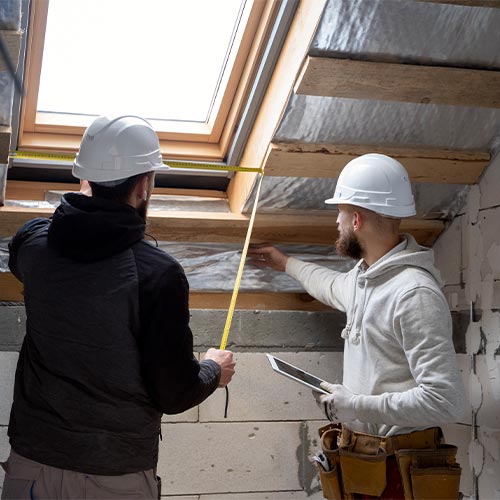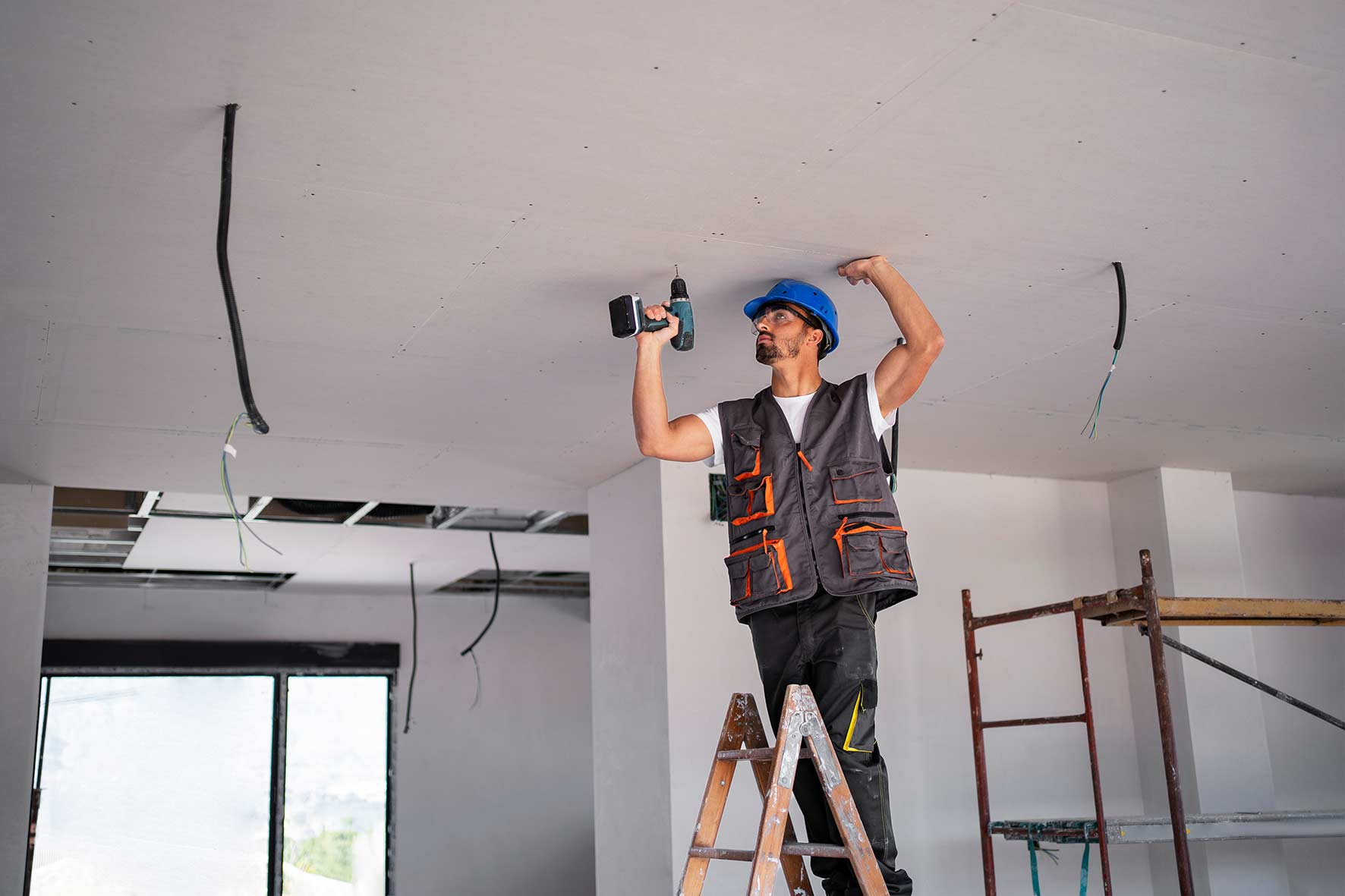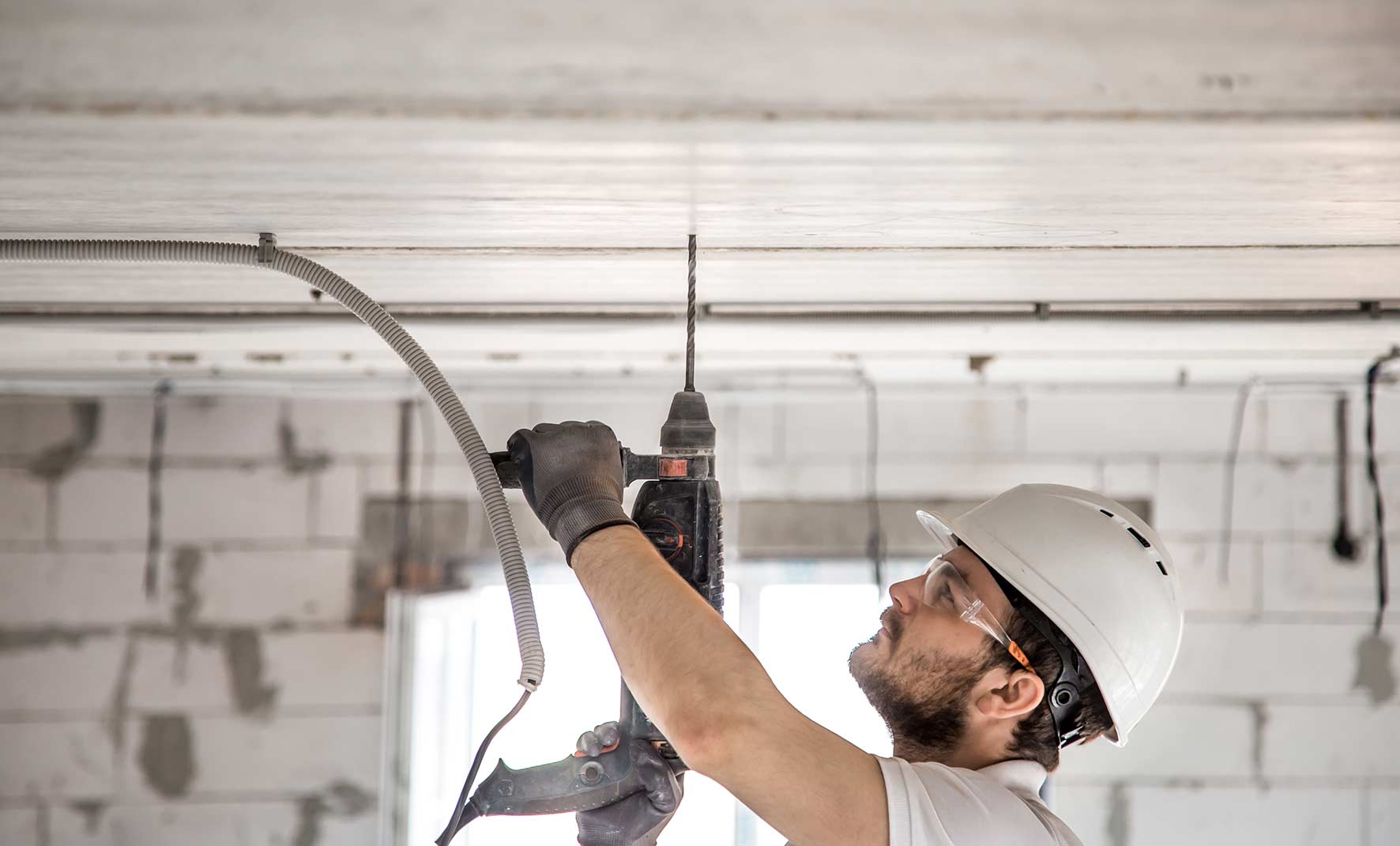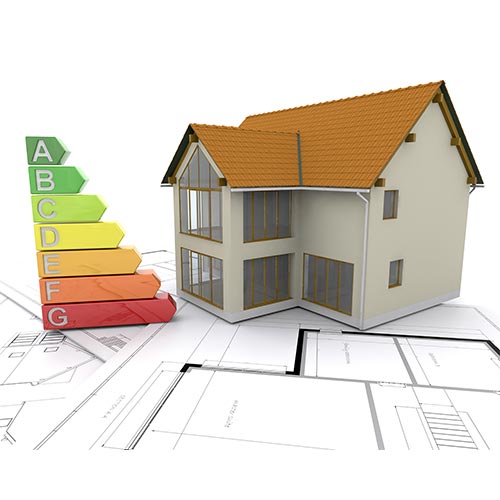Structural Home Repairs to Restore Safety and Value
When it comes to maintaining a house, addressing structural damage home repair needs is crucial for preserving both safety and value. Over time, factors such as aging materials, environmental effects, and unforeseen events like storms or earthquakes can lead to deterioration that requires immediate attention. Ignoring these issues can escalate minor problems into major hazards, putting both the home’s integrity and its occupants at risk. That’s why homeowners must prioritize structural damage home repair whenever signs of damage become visible.
Often, homeowners delay repairs due to cost concerns or a lack of awareness about the seriousness of the issue. However, prompt structural damage home repair can actually save significant expenses in the long run by preventing more extensive deterioration. From foundation cracks to sagging roofs, every aspect of a home’s structure must be meticulously maintained to avoid future complications. Understanding the types of repairs needed, the process involved, and how to identify problems early can make a huge difference in the overall longevity of a property.
One critical reason for focusing on structural damage home repair is the impact on property value. Homes with visible signs of structural damage can lose market appeal and command much lower prices. Buyers are wary of investing in properties that might require massive repairs in the future. By investing in high-quality structural damage home repair, homeowners can enhance their property’s resale value, ensure safety, and maintain aesthetic appeal.
It’s also important to recognize that not all damages are immediately visible. Hidden issues like internal wall cracks, slight foundation shifts, or compromised support beams can silently erode the home’s stability. Regular inspections and timely structural damage home repair interventions are essential to detect and address these problems early. This approach not only preserves the home’s safety but also prevents minor repairs from turning into costly renovations.
In the following sections, we’ll explore the different types of structural repairs, how to identify early warning signs, and the step-by-step process for restoring your home’s safety and value.
Transform Your Space with BUILPIRE – Book Your Consultation Today!
Understanding Structural Damage
Structural damage refers to any deterioration that compromises the core stability of a home. Unlike cosmetic issues such as chipped paint or minor surface cracks, structural problems affect the fundamental framework—walls, foundation, beams, and roofing systems. Without proper structural damage home repair, these problems can worsen over time and lead to significant risks like collapses or severe water intrusion.
Common causes of structural damage include:
-
Foundation settling or shifting
-
Water damage due to poor drainage
-
Pest infestations like termites
-
Seismic activity (earthquakes)
-
Poor construction practices
Recognizing the signs early on and acting swiftly with structural damage home repair can prevent disasters and extensive costs.
Signs Your Home Needs Structural Repairs
Identifying the early warning signs is key. Some common indicators include:
-
Cracks in walls or ceilings, especially near doorways and windows
-
Uneven or sloping floors
-
Sticking doors or windows
-
Visible foundation cracks
-
Sagging or bowing walls
If you notice any of these signs, it’s critical to consult a professional specializing in structural damage home repair. Quick action can halt the progression of damage.
Types of Structural Home Repairs
There are various methods and techniques used for structural damage home repair depending on the type and severity of the damage:
1. Foundation Repair
The foundation is the backbone of your home. Repairs may involve underpinning (strengthening the foundation by extending it to more stable soil) or slabjacking (lifting a sunken foundation).
2. Wall and Beam Reinforcement
Cracked or bowed walls and weakened beams need reinforcement or replacement. Techniques like carbon fiber reinforcement or steel bracing are common in modern structural damage home repair.
3. Roof Structural Repairs
Roof sagging can lead to leaks and collapse if not treated. Repairs may involve installing new trusses, beams, or even replacing sections of the roof.
4. Basement Structural Repairs
Basement walls often endure hydrostatic pressure from surrounding soil. Solutions include wall anchors, steel beams, or complete wall reconstruction.
The Structural Repair Process
The structural damage home repair process usually involves these steps:
-
Inspection and Assessment:
A professional evaluates the extent and cause of the damage. -
Planning and Design:
Engineers design a repair strategy tailored to your home’s needs. -
Permits and Approvals:
Depending on the location, you may need to secure local government permits. -
Execution:
Skilled contractors carry out the repair work according to engineered plans. -
Final Inspection:
Once repairs are completed, a final inspection ensures that the home meets safety standards.
Why Professional Help is Essential
Attempting DIY fixes for major structural issues can be dangerous and costly. Hiring experts who specialize in structural damage home repair guarantees:
-
Accurate diagnosis
-
Safe, long-lasting solutions
-
Compliance with local building codes
-
Proper use of modern technology and materials
Professional repairs not only secure your home but also enhance its value significantly.
Preventing Future Structural Damage
After completing structural damage home repair, taking preventive measures is vital:
-
Regular Inspections: At least once a year, have your home inspected for any signs of wear.
-
Proper Drainage: Ensure that water flows away from the foundation.
-
Pest Control: Protect wood structures from termites and other pests.
-
Seismic Upgrades: If you live in an earthquake-prone area, reinforce your home accordingly.
By being proactive, you can avoid future costly repairs and keep your property safe and valuable.
Builpire: Your Partner in Home Restoration
When it comes to structural damage home repair, choosing the right partner is crucial. That’s where Builpire comes in. With years of experience in home restoration and interior design, Builpire specializes in revitalizing homes affected by structural damage. Their team of skilled professionals uses cutting-edge technology and proven methods to ensure your home is not only safe but also aesthetically pleasing. Whether you’re looking to fix foundation problems or redesign an entire space after major repairs, Builpire can turn your vision into reality with excellence and precision.
For more ideas and guidance, follow us on Instagram.
Frequently Asked Questions about Structural Damage Home Repair
1. What is considered structural damage in a home?
Structural damage includes issues that affect the integrity of the house, such as foundation cracks, sagging floors, bowed walls, or damaged beams.
2. How can I tell if my house has structural damage?
Common signs are cracks in walls or ceilings, sloping floors, sticking doors/windows, or visible foundation issues. A professional inspection can confirm the extent of the damage.
3. How much does structural damage home repair typically cost?
Costs vary widely based on the extent of damage and the repairs needed. Minor fixes may cost a few thousand dollars, while major repairs can reach tens of thousands.
4. Can I stay in my house during structural repairs?
It depends on the severity of the damage. For minor repairs, staying is possible, but significant repairs may require temporary relocation for safety.
5. How long does structural damage home repair usually take?
The timeline can range from a few days for small issues to several weeks or months for major repairs, depending on complexity and permit requirements.
6. Does homeowner’s insurance cover structural damage?
Coverage varies. Insurance may cover sudden incidents like storm damage but typically excludes gradual wear-and-tear. Check your policy details carefully.
7. Why should I choose professionals like Builpire for structural repairs?
Professionals like Builpire offer expertise, use high-quality materials, ensure compliance with local regulations, and provide a warranty for their work, ensuring your home’s safety and value.






